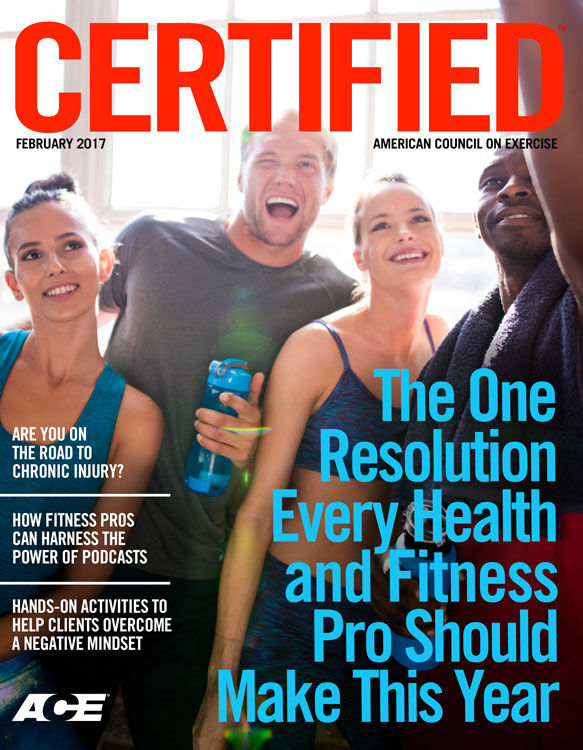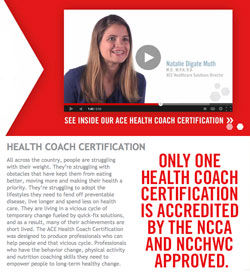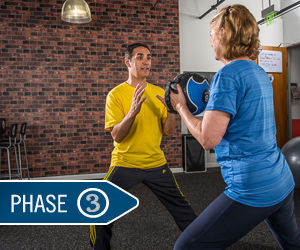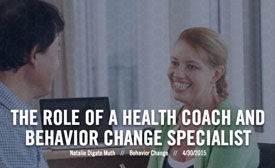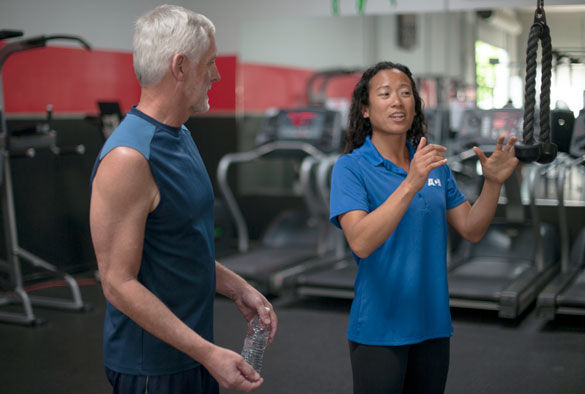
Not long ago, a client came to me because she needed to make some changes and gain confidence in setting and reaching goals. By our third session together, I knew her backstory included various fears that were preventing her from breaking out of her comfort zone. I had her write each fear on a separate piece of paper. She spoke each fear out loud, and then we lit it on fire and dropped it into a metal bowl. As she watched her fears go up in smoke, I asked her how she was feeling.
“You just burned up my safety net,” she said hesitantly. “But I feel freer—scared, but free.”
I’ve found through my years of practice as a life and health coach that using activities that involve as many senses and emotions as possible will increase the likelihood of success. Your clients will not connect with every technique you try with them, as each individual comes with his or her own limiting beliefs and ways of learning.
For instance, for the VARK model of learning, researchers defined four primary modes of learning: visual, auditory, read/write and kinesthetic (VARK). While some people have a definite preference in how they learn, others are multimodal, getting the most out of something when more than one mode is used.
In fact, in a study published in the Journal of Clinical and Diagnostic Research, researchers found that 61 percent of learners had multimodal VARK preferences. Of the 39 percent who had one strong unimodal preference, 41 percent of them preferred kinesthetic learning. “One single approach to teaching does not work for every student or even for most of the students,” concluded the study authors.
Another strategy involves tapping into your client’s emotional well. Until you get to the heart of the matter and create an emotional connection, you will not be able to change a person’s behavior. It is a well-known selling strategy among marketers that people buy with emotions and then rationalize the purchase intellectually.
As a health coach, you’re essentially trying to “sell” a certain mindset. You’re attempting to get your clients to “buy into” new ideas that may be out of their comfort zones. To get them to comply, you must make that emotional connection. I tapped into this connection with Julie by first uncovering her fears, which had been keeping her safe in her comfort zone. We then literally took a match to her fears. Not only did she have an emotional reaction, but she physically felt unsteady as she watched the flames disintegrate her security blanket.
The amazing thing about changing one’s mindset is that the brain is literally changing thanks to neuroplasticity. New neurological connections are formed as you practice and repeat new ideas and beliefs. Getting as many senses involved and tapping into the emotional well reaches more areas of the brain, further increasing the chances for change.
This one activity used several senses—kinesthetic/tactile, smell, sight, speech and auditory. It also tapped into her emotions, further engaging her and increasing her chances for real change. The week after we did this exercise, she made great strides toward getting her first book published and creating her author’s platform—things that she had wanted to accomplish for a long time, but fear had held her back.
Health Coach’s Toolbox
It’s important as a health coach to have a toolbox of strategies and activities to use with clients. Here are a few I use with my clients. I also enlisted the help of other experts who were willing to share a few of their favorites.
Labels
We all carry labels from our past, both negative and positive. This exercise focuses on reducing the negative ones. Give clients a sheet of labels and have them write down a negative limiting belief, label or nickname they’ve been carrying around—fat, stupid, no good, worthless, liar, etc. Next, have them stick each label onto themselves. Ask them how they feel. They can then tear them off and toss them out. Now ask how they feel.
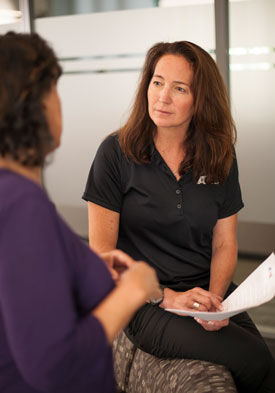
Self-declaration/Positive Affirmations
This exercise is designed to address the negative limiting beliefs we carry around. Have clients write out a self-declaration of who they really are—tell them to consider it their declaration of independence from negative, limiting beliefs. Begin with “I am…” For instance, one example could be, “I am a strong, confident, intelligent, independent woman…” One client of mine wrote, “I trust my body to burn fat the way it is designed to do,” and guess what happened? Her body changed, because she removed that emotional block. The key here is that your client does not have to currently believe his or her declaration. In fact, he or she probably won’t, because it is difficult to overwrite those old, negative messages we believe about ourselves. Your client’s declaration can be as long or short as he or she wants it to be; urge your client to repeat it out loud at least twice a day. Reassure your clients that, at some point in time, they will begin to physically feel the difference after repeating them.
Vision Board
A vision board is a poster board on which you glue pictures cut out of magazines. The pictures are your vision for your life, for a change you want to make or for a specific goal. It moves your vision out of your head onto paper. You then hang your vision board in a spot where you will see it often, such as on your refrigerator or above your desk.
Prior to having your clients create a vision board, have them sit quietly with eyes closed and ask them to envision a change they want to make or what they want their lives to look like. Then ask them to put their vision to paper.
Baby Picture
Are your clients facing barriers that encompass self-worth? Encourage them to find a picture of themselves as a baby or young child. Have them tell the child in the photo that he or she will be whatever they are currently struggling with (weight, insecurity, etc.). For instance, “You will never do anything right,” or “You’re going to grow up to be a fat, lazy slob.” Of course, they won't be able to say these things to the child in the photo. Remind your clients that this small child is still a part of them and they’re harming that part of themselves every time they cater to these limiting beliefs. Encourage them to keep the photo handy for a frequent reminder.
Keep a Gratitude Journal
Chicago-based wellness coach Erin Clifford urges her clients to keep a gratitude journal. “Every morning, write down at least three things you're grateful for and repeat this practice before bedtime,” she says. “You can even scrapbook it with pictures. What wonderful things do you have in your life that you often overlook? What amazing things happened to you that day?” Overtime, Clifford explains, this will create a positive mindset that will transform your clients’ outlook on life and put them in a positive space where it is possible to attain all their wellness and life goals. She also recommends downloading a gratitude app and sharing one’s joys on Facebook or Instagram.
Reframe Your Identity
“Stay away from identifying yourself as fat, diabetic, arthritic, sick, etc.,” Mark Sherwood, N.D., of the Functional Medical Institute in Tulsa, Okla., tells his clients. “By identifying yourself in that manner, as the old saying goes, you will become what you say.” For example, rather than clients calling themselves “fat,” he suggests reframing their identities by saying they are exhibiting and living a life that is conducive to healthy body composition. “Additionally,” Sherwood continues, “rather than identifying yourself as diabetic, reframe by affirming you are eating in such a way to induce normal insulin and blood sugar.”
Write It Down
“Have clients write down their goals on paper, as opposed to only saying them out loud or thinking about them in their head,” urges Jim Burdumy, of Elite Core Fitness in Prussia, Pa. “It’s important to have that head-hand connection with the paper and the pen to achieving goals. I encourage people to write down even the little things because it gets them crossing and checking off items on their list fairly quickly, which motivates them to keep moving forward.”
Burdumy also recommends clients map out their days on paper to show them how they are spending their time. “Seeing where you can take away and add something beneficial in is a very powerful step to achieving your goals,” he says. “Once you see it is possible, then all you have to do is execute.”





 by
by 